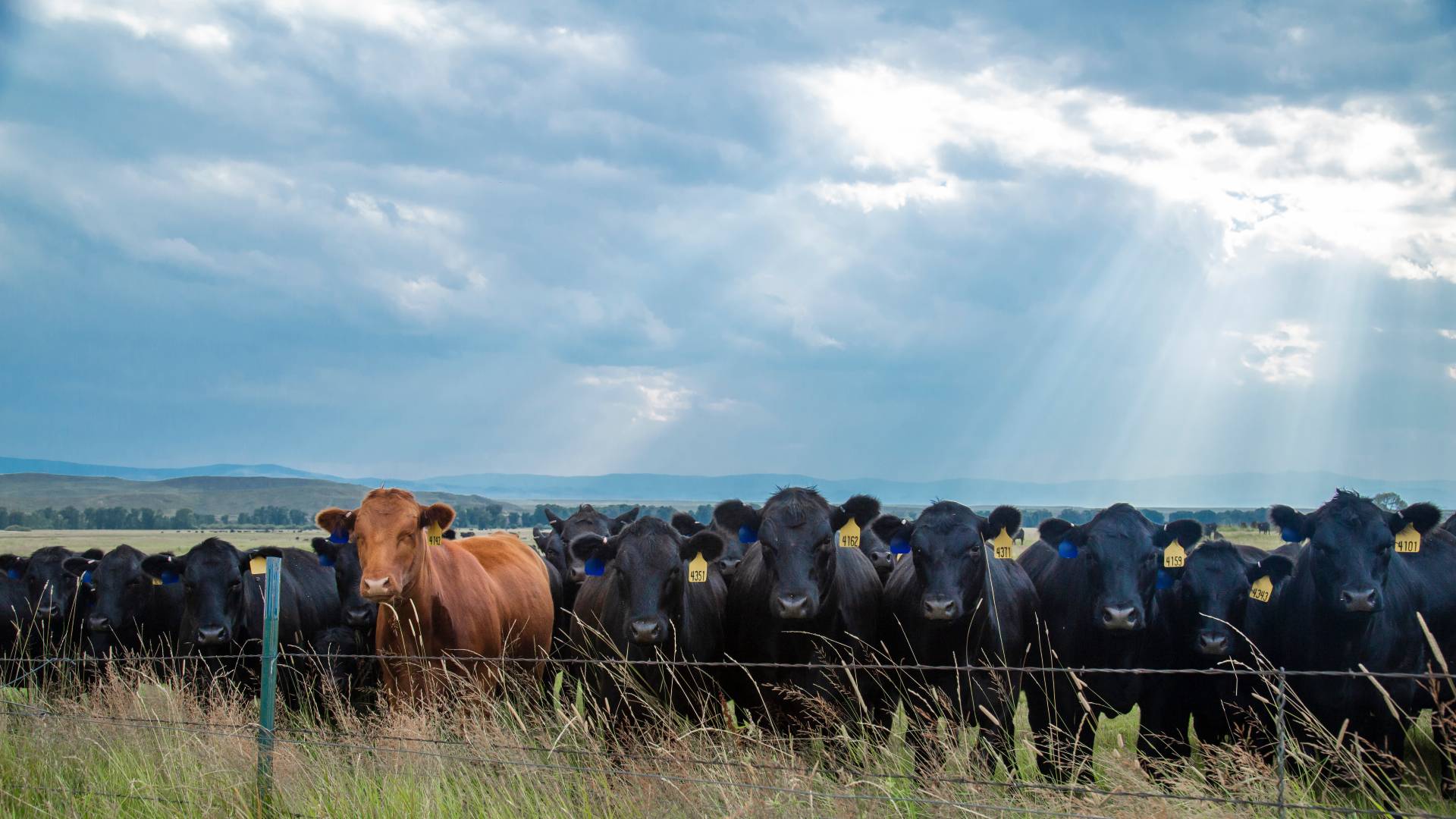A History of Wyoming’s Agriculture and Food Industries

The history of Wyoming’s agricultural and food industries has deep roots, reflecting the state’s rugged landscape and resilient spirit. Discover the evolution of these industries as we highlight key developments that have shaped the farming and food production landscape in Northeast Wyoming and the rest of the state.
The Beginnings of Agriculture in Wyoming
Agriculture in Wyoming dates to the 19th century when settlers arrived in search of new opportunities. The state’s diverse climate and geography posed challenges for farming, but the early pioneers embraced the land’s potential.
These farmers cultivated crops, such as wheat, barley, and oats, while raising livestock, such as cattle and sheep. Ranching quickly became a cornerstone of the economy, providing essential resources for local communities and the growing nation.
The Role of Technology in Agriculture
Technology transformed agricultural practices in Wyoming as the years passed. Farmers adopted new methods and machinery, significantly increasing productivity.
The introduction of irrigation systems allowed farmers to harness water from rivers and streams, expanding their fields and crop varieties. The tractor revolutionized farming, making it easier to till the soil and harvest crops.
Advanced technologies, such as sensors and data analytics, help farmers identify potential hazards early in the supply chain and enhance data collection, improving food safety. This commitment to safety and quality has positioned Wyoming’s agricultural sector as a leader in food production.
The Growth of Specialty Crops
Alongside traditional crops and livestock, Wyoming’s farmers have increasingly embraced specialty crops. These products cater to the growing demand for local and sustainably sourced food, from organic vegetables to artisan cheeses.
Farmers’ markets have sprung up across the state, providing a platform for producers to showcase their unique offerings. This shift toward specialty crops diversifies the state’s agricultural output and supports local economies.
A Shift in Farming Trends
Wyoming’s agriculture has seen a shift in focus in recent years. Subdividing is the new agriculture trend, where farmers utilize smaller plots of land for farming.
This trend allows more individuals to engage in agricultural practices, contributing to local food systems and promoting sustainability. Urban agriculture initiatives have gained traction, encouraging residents to grow their own food and fostering a deeper connection to the land.
The Future of Agriculture and Food in Wyoming
Wyoming’s agriculture and food industries face several challenges and opportunities. Climate change presents concern for water availability and crop yields, prompting farmers to adopt more resilient practices. At the same time, advancements in technology offer solutions to these challenges, enabling more efficient farming techniques and improved food safety protocols.
The agricultural landscape remains essential for Wyoming’s farmers and food producers to adapt and innovate. Education and support from local organizations can help farmers maintain these industries, preserving the state’s rich agricultural history while paving the way for a sustainable future.
The history of Wyoming’s agriculture and food industries reveals a story of resilience, adaptation, and innovation. The spirit of agriculture thrives in Northeast Wyoming, from the early days of pioneering farmers to today’s tech-savvy producers. The state continues to honor its agricultural heritage while looking toward a promising future as it embraces new trends and technologies.






